Image by dvs
I remember visiting an Amish store with my mother-in-law about four years ago. My first baby was only a couple months old, and I was not yet into real food. I was literally like a kid in a candy store (there was candy all around me). I thought because it was “Amish” it was amazing and healthy and superior to regular grocery store food. Not to mention pretty reasonably priced. I bought up tons of stuff just because I could, and congratulated myself on getting a good deal and healthy food.
Ahem. It doesn’t quite work that way.
Wardeh’s recent post on Amish butter brings that point home. I’ve known for awhile now and am very careful when I make semi-annual trips to Amish country (my next one’s in just a couple weeks). But most people are still in the same position I was four years ago — excited by the idea that something’s Amish, believing it’s superior.
It’s not just in Amish stores, or using the word “Amish” that’s a problem, though. I was in Walmart the other week (yes, sometimes I shop there) and noticed a jug of Log Cabin-brand “all natural” maple syrup. I was intrigued by the idea, though I didn’t have high hopes. I thought maybe it would be a blend. It contains no real syrup, but mostly it is brown rice syrup, plus water, brown sugar, white sugar, natural flavors, and caramel color (I double checked the label at the store yesterday, just for you). But it’s sold in a jug that looks like the jugs that real producers use around here, and the front of the label and their website very carefully never says whether or not it’s really maple syrup. Consumers who don’t read labels will see the shape of the container and the large “all natural” on the front and get excited that there’s finally a “better” option and buy it. Sure, it doesn’t contain HFCS, but it’s really not a good option.
There are so many products and labels out there like this, and I hate seeing people who are trying to feed their families well fall for these. So, let’s look at 10 deceptive food labels.
1. “Natural” or “All Natural”
This means absolutely nothing. It means that some part of the food was originally grown or produced from actual food. It doesn’t mean it isn’t processed. It doesn’t mean that it is remotely natural still. And it certainly doesn’t discuss how the food was raised (was the meat pastured, were the vegetables organic?).
2. “Cage-free”
Usually applied to eggs or chicken. All it means is that the animals weren’t shoved into cages. Usually this means they are in large, open chicken houses, crammed together on the floor. It does not mean they have access to the outdoors, much less that they are fully pastured. It is no healthier than caged chickens, and certainly not more ethical.
3. “Good Source Of _________”
Insert any vitamin or mineral. To be labeled as a “good source of,” a product only has to contain 10% of the RDA for that nutrient. The RDA, by the way, is the absolute minimum amount that a person needs each day to stave off serious deficiency and the resulting health problems. The RDA is not the ‘recommended amount’ nor any sort of ‘limit.’ This claim also does not mean that the nutrient is natural (not synthetic) or bioavailable. Ignore this claim entirely, and remember that bit about the RDA — it’s important.
4. “No artificial flavors”
It’s true that if this is on the front of the package, artificial cannot be listed in the ingredients. However, ‘natural flavors’ can still be listed, and often is. The difference is that artificial flavors are made in a laboratory and are intended to be an entirely unique flavor (not found in nature), while natural flavors are made in a laboratory and are intended to imitate flavors found in nature. Either way, they’re both still made in a laboratory and are not healthy.
5. “Made with real fruit”
This product contains something that was originally fruit, usually juice, which is concentrated sugar. It doesn’t mean that any real, whole fruit is in the product. There is also no requirement for how much of the product must be fruit — it could be 1% and it could still be labeled that way.
6. “No MSG”
It’s true that the label cannot read “monosodium glutamate.” However, there are a lot of other food additives that contain free glutamic acid (a form of MSG) that can still be in the food. This includes things like autolyzed yeast extract contain MSG. (Autolyzed, hydrolyzed, or modified are words you don’t want on your label.)
7. “Hormone-free chicken”
Lots of companies like to put “antibiotic and hormone-free” on the front of their chicken. In tiny print on that label, it will say, “Federal regulations prohibit the use of hormones in chickens.” This is the whole point. If it’s chicken, no matter how it was produced, it doesn’t contain any added hormones, because federal regulations prohibit it. The chicken isn’t any more natural or healthier because of this.
8. “Sugar-free”
This is a red flag for “There’s artificial sweetener in here!” It may not contain actual sugar, but it has some form of sweetener — usually aspartame or sucralose. “No sugar added” is a better claim, but always read the label to find out what’s in it. Even ‘no sugar added’ usually uses some form of fruit concentrate to sweeten. It’s an improvement over GMO beet sugar or corn syrup, certainly, but you may not want it.
9. “Trans-fat free”
Federal regulations allow any product containing less than 0.5g per serving of any particular nutrient to make the claim “free of” whatever it is. Manufacturers can play with the serving sizes, making it unusually small, in order to get the amount of trans fats per serving under the limit so they can make the claim. But if you eat a normal amount, you may be getting a few grams of trans fats anyway.
10. “Gluten-free”
This claim is usually true. However, popular products have been found, in some cases, to contain trace amounts of gluten. Some are made in factories where gluten products are also made, meaning cross-contamination is possible. Always look at the ‘allergy panel’ on the box, where it must state “Made in a facility that processes” or “Made on shared equipment with products containing” which will tell you if the product may be contaminated. Additionally, if you’re choosing gluten-free products not because you have celiac or gluten-sensitivity, but just because you believe the product is healthier because it’s gluten-free, you might want to reconsider that.
It’s unfortunate, but these claims are used just as much — if not more — on ‘natural’ products as they are on regular products. Many consumers know that regular products aren’t the healthiest choices (ding-dongs or Twinkies, anyone?), but when they’re buying organic snacks or even supposedly better-for-you foods, they want to feel like what they’re buying is good for them. It’s often referred to as “green washing,” when it is applied to natural/organic products (both food and non-food items). And it’s ultimately deceptive advertising.
Other dubious claims include:
- “Real sea salt” (if it’s pure white, it’s a lie)
- “Fat free” (and laden with chemicals)
- “Organic” (if it’s a processed food, it’s still not healthy; and if it’s produce but wasn’t grown in the US it’s probably not really organic)
- “Pesticide-free” (this basically claims there’s no residue, but it’s not regulated, so the crop can still have been grown with pesticides)
- “Pure” (which means nothing)
- “Nothing artificial” (can still include ‘natural’ preservatives and natural flavors)
- “Uncured” (applied to meats like bacon or hot dogs; it’s not cured with sodium nitrite, but instead celery juice, which is a natural source of nitrites and many argue isn’t any better)
- “Raw” (often on cheese, but it’s usually heated at some point during the process and isn’t really raw…plus it won’t say if it’s grass-fed or not, which matters)
- “Grass-fed” (means the animal, usually beef, was fed grass at some point, but was not necessarily exclusively grass-fed. On all but the biggest CAFOs, most animals do have some access to pasture, even if it is only a small percentage of their diet)
- “No GMOs” (unless it’s certified by the GMO project, there is no way to verify this)
- “Made with whole grains” (maybe, but it doesn’t have to have much; plus, the grains weren’t properly prepared)
- “Low sodium” (we need salt in our diets, so this isn’t really a benefit)
- “Vegetarian-fed hens” (it means they weren’t fed chicken by-products, which is good, but probably also means they weren’t pastured and didn’t eat bugs and worms, which they should)
- “Grass-fed chicken” (or pork. These animals don’t and shouldn’t live on grass alone. This is a marketing gimmick because they know people are looking for grass-fed.)
The best rules to avoid this problem are these:
- Don’t buy anything that has a label on it in the first place
- If you do buy something with a label, make sure ALL the ingredients are recognizable food items (it should not say ‘spices,’ or ‘natural flavors’ or anything even slightly questionable)
If you follow these rules, you should never end up with something that’s terribly unhealthy. Of course, the very best idea is to shop directly from farmers and know exactly how your food is raised, or to raise it yourself. But, small steps. 🙂

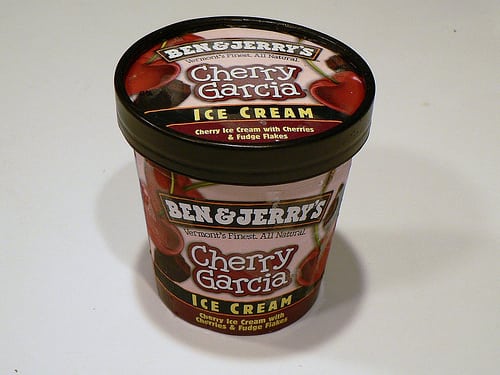
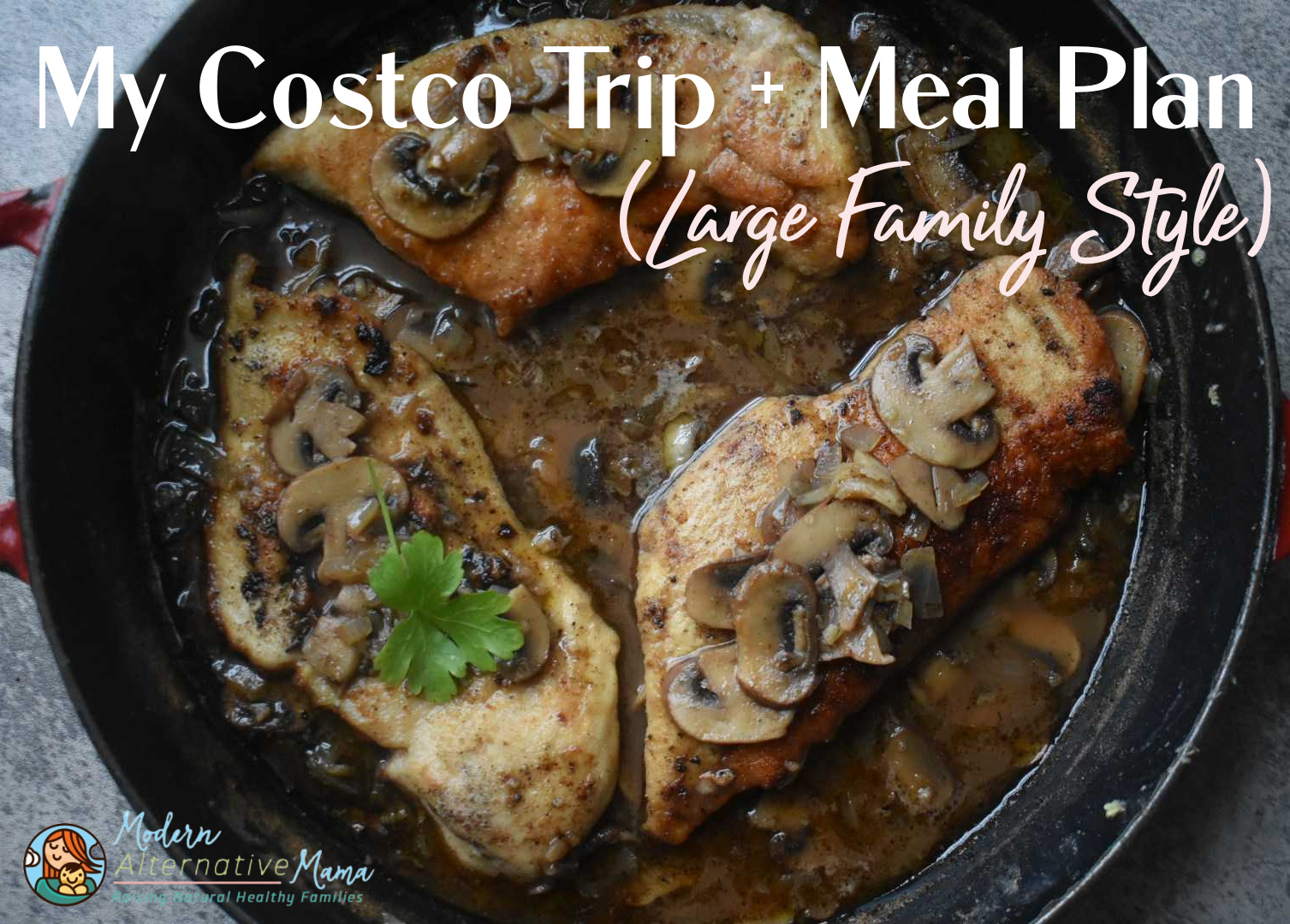
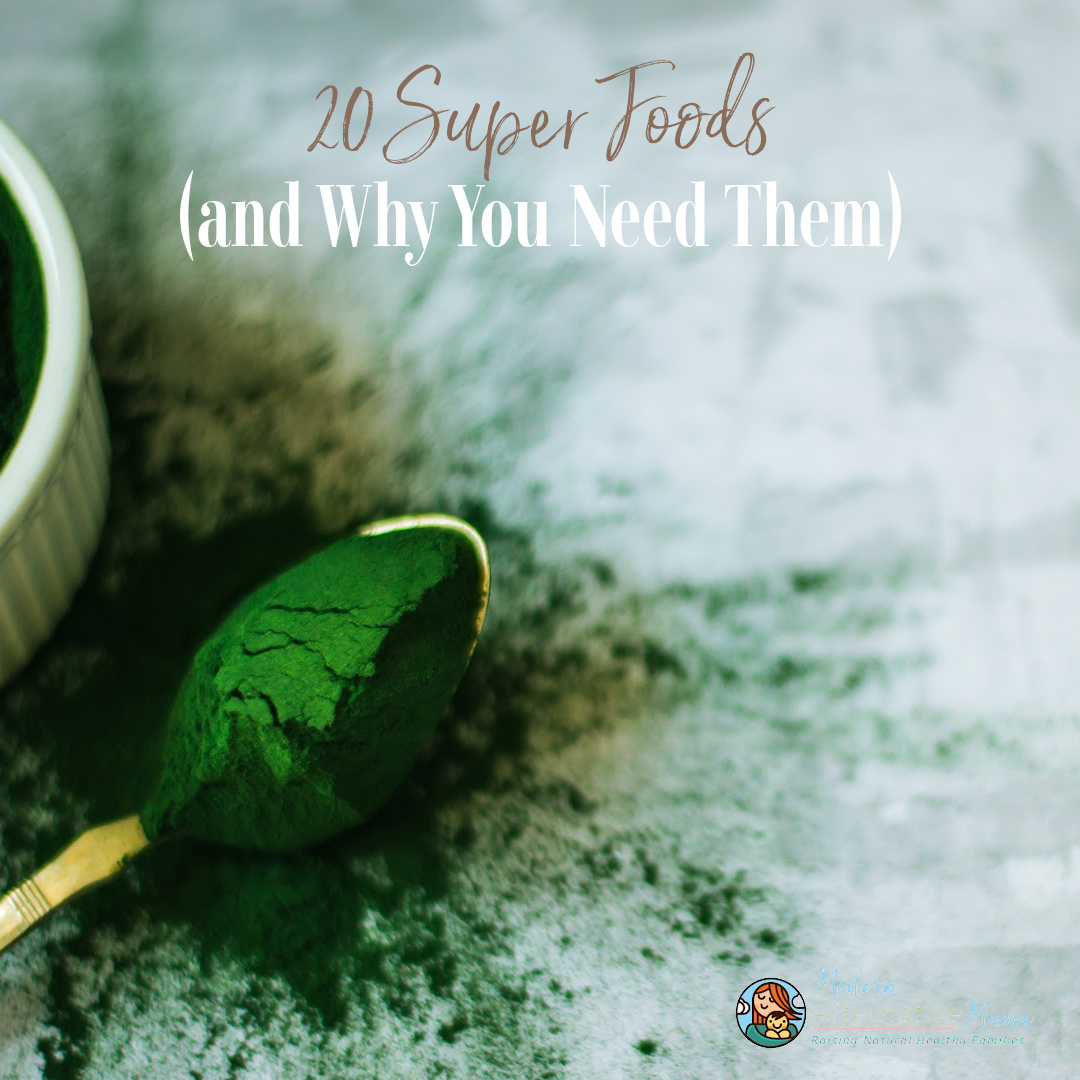
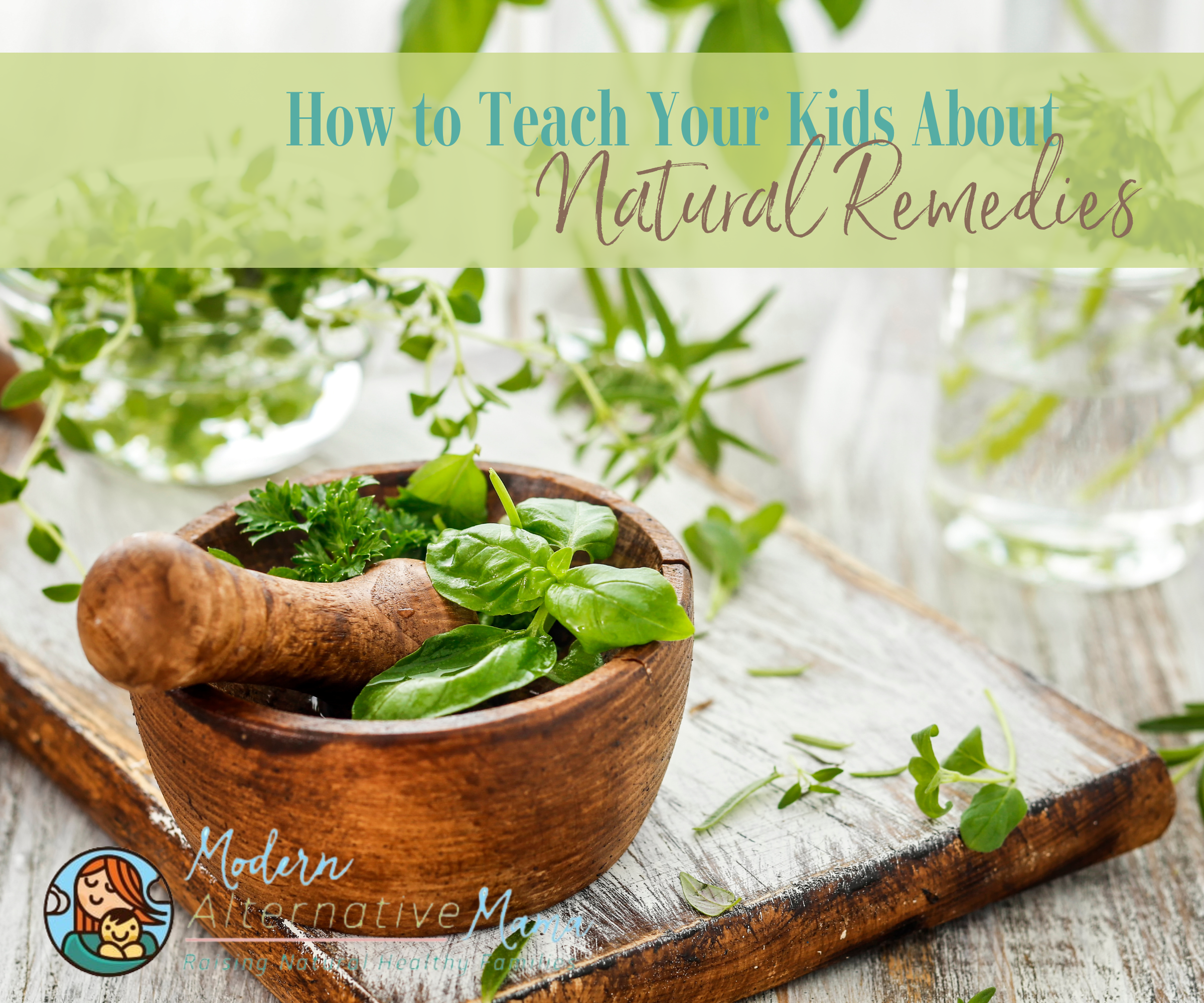
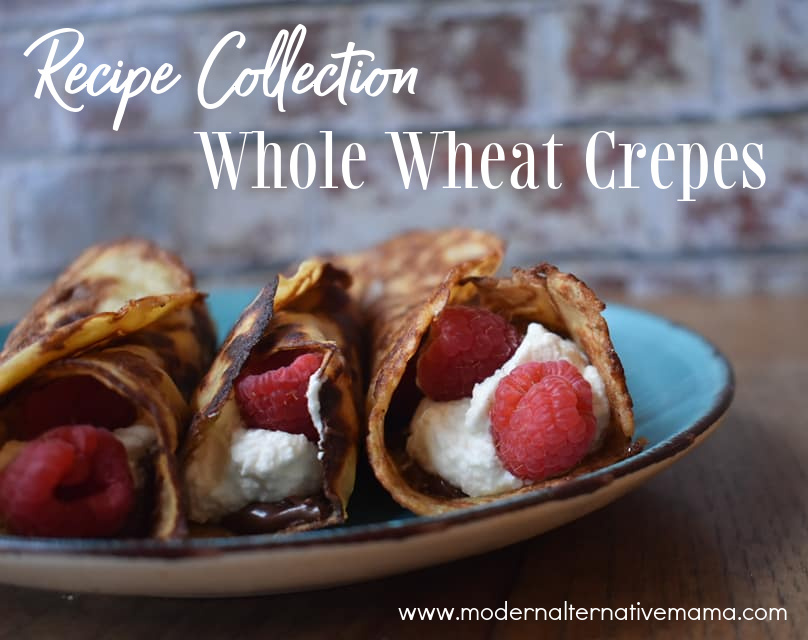

Great article! One question on the ‘low sodium’… why is that a bad thing? Yes we need sodium in our diet but not by the truck loads. I checked a bottle of Soy Sauce in our fridge last week and it is ‘low sodium’ with 24% of the sodium you need for the day. I have no idea what the full version has…but either way, the low seems pretty high… but I can’t imagine how high the regular version is.
Not by the truckloads no, but we need more than what they say; the problem is we need REAL SALT – not processed salt which is in most processed food. I’m guessing she’s referring to the gimmick that salt is bad and that it causes heart disease and such. We need real salt and it doesn’t cause heart disease.
Excellent article, thank you!!!!
I can agree w/most of what you just said….although we are are firm supporters of All natural Bell & Evans chicken…as long as it has that label it is the best! It is grown w/as near as possible organic, but THAT label is so expensive to have that, this is how to get around to being affordable, & another plus for them is they air airchill instead of chilling the meat in Cloranated water,…. you can taste & smell the difference.check them out http://www.bellandevans.com/ & you will be surprised…& coming from an Amish background myself….you are right you pay for what you get!! Find someone who makes their own Maple syrup, grows their fruit & vegetables…or meats..just remember if it’s healthy you pay for it , but as my husband likes to say “it’s better to pay for healthy foods than to give your money to the doctors”……
Don’t forget the packaging. Unfortunately in today’s market, even the packaging can be a complication. Plastic containers, often used as a microwaveable container, are #1, processed food and then #2, the container is usually full of BPA. Aluminum allergy is becoming a bigger and bigger concern these days and many food wrappers, if not made from foil, they are lined with foil (for freshness sake). Even this can be leading to health complications for you in the future.
Make it yourself at home from scratch and eat it from there for the best return on your future health.
Thanks for sharing. I knew most of these, but not all…eye-opening and disheartening.
I am new to all this… my son shows symptoms of ADHD when eating artificial flavors and colors, but not natural flavors and colors. If they are both processed in a lab, why would he react more to those that are “artifical”? Perhaps you could comment on vanilla vs. vanillin… is this a natural vs. artificial flavor? I always thought the natural flavors were food-based while the artificials were synthetic. Please help!
What an informative post! I loved reading this. Your site is such a fantastic resource!
“Grass-fed chicken” Okay. So I would not consider myself “new” to the real food thing. I soak my grains, make kefir and yogurt, try to buy organic from the dirty dozen, etc. I rarely buy something that’s been processed (except, ahem, when I was 41 weeks pregnant. I MIGHT have had a weak moment in which I went to Sams and bought every kind of convenience food I thought sounded remotely good. I might have thrilled my children with a humongous box of cheez-its. Lol. Other than that one time, when I was SOOOO pregnant – and had over 2 weeks to go – I buy real food). BUT. Chicken seems to be something I am having a hard time figuring out? I know that’s odd. But really, there are so many different choices out there, it’s hard to know what to choose. Am I looking for organic chicken? Free range? I’ve found one that is mostly grass fed, but occasionally gets organic corn and organic soybeans. Now I know we are not supposed to eat soy anything and corn is not particularly good for us, but what is good for chickens? What kinds of things should I look for when buying them? There is so much conflicting information. Please help!
Hi Stephanie — Chickens should be out on pasture, eating bugs and worms, but should be supplemented with organic grain. I am unsure what exact grains they are fed, but corn is very normal.
[…] food — don’t buy it! There are a few exceptions if you read labels carefully, but don’t be fooled by the claims on the front. Always read the back of label for the full ingredients […]
[…] fruit snacks, granola bars, and other packaged snacks in their homes right now? (And have you read those labels? They might surprise […]
Points well taken. I do have to say, we don’t like maple syrup (gasp!) so we do buy the Log Cabin (not so) “all natural” brand knowing that it’s the best of the nasty options we have. My kids and husband do like pancake syrup but I simply cannot find anything they like that falls into the truly natural category!
We usually by pure maple syrup at the store. That should be the only ingredient on the label.
My children love pancakes but I gradually switched them from syrup to just using real fruit on their pancakes. I started out putting less and less syrup on them while slowly increasing the amount of fruit on them until they were only having fruit and now they are quite comfortable with it. Bananas, strawberries, blueberries, applesauce and pears are particularly good in our opinion.
I love that idea!
[…] See more at: https://modernalternativemama.com/blog/2012/02/18/10-deceptive-food-labels/#.UDJIJt0iaSo […]
Thanks for posting this… I shared with the followers of my own blog in hopes that they will find this post as informative as I did. Thanks again 🙂
Food companies make it a challenge to eat healthy and cleanly on our tight budget. It takes a lot of research, creativity, and planning to make sure we are not falling for the food label deception.
Another thing I’ve noticed from carefully reading labels: No Sugar Added can be deceptive. I’ve seen Ice Cream that has a giant label, “No Sugar Added” but then when you look at the ingredients, what has been added? Chocolate peanut butter candy pieces, chocolate chips, etc. Each of those were broken down to their ingredients, sugar being one of them. It’s almost as bad as finding recipes for sugar-free icing, made with powdered sugar.
Great article, the only thing I can comment on is “Real sea salt” (if it’s pure white, it’s a lie). I know the benefits from Himalayan salt and I know better than to get conventional iodized salt. Still, I was born in an island in Spain where you could see the mountains of newly harvested sea salt right next to the beach. They were so white that my father used to tease us saying they were snow. So real sea salt IS pure white!
I don’t support anything Amish because of how they treat their dogs and have so many puppy mills. Seeing those, how their “food” products be any superior? I’m sure they beat the cows and pigs and chickens too. Sickening. Don’t suppor them until they adhere to animal protocols.
I don’t think *all* Amish treat their animals this way. I’m sure some do (as I’m sure some non-Amish do). You have to ask at individual farms just like anywhere else, if you are shopping in actual Amish country. But don’t assume anything, good or bad.
Hi. Could you please give your references for the statement [“Organic” (if it’s a processed food, it’s still not healthy; and if it’s produce but wasn’t grown in the US it’s probably not really organic)]. I have been looking into “organic” produce grown outside the US for some time now and I have found very little evidence which supports this statement, although I hear it over and over. I am very interested to know what you know. Thank you!